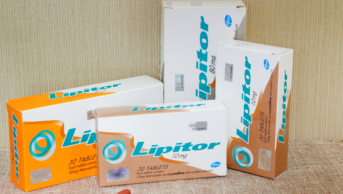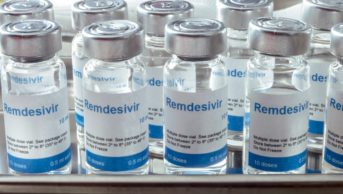
Shutterstock.com
Delirium occurs in up to half of hospitalised patients and is associated with poor outcomes and increased healthcare costs. Now the authors of a review published in Neurology (online, 17 February 2016)[1]
have investigated how big of a role antibiotics play in delirium.
The team identified 391 cases of antibiotic-associated encephalopathy (AAE) in the literature from 1946 to 2013. They found that AAE fell into three distinct types according to clinical symptoms, timing of onset and laboratory findings. The three categories comprised distinct antibiotics: cephalosporins and penicillin; quinolones, macrolides and procaine penicillin; and metronidazole.
The researchers say that AAE is under-recognised and should be considered in all patients who develop delirium after antibiotic treatment. Familiarity with the types of antibiotic toxicity identified in their report should improve the diagnosis of AAE and lead to more prompt antibiotic discontinuation, they conclude.
References
[1] Bhattacharyya S, Darby RR, Raibagkar P et al. Antibiotic-associated encephalopathy. Neurology 2016;86:1-9. doi: 10.1212/WNL.0000000000002455


